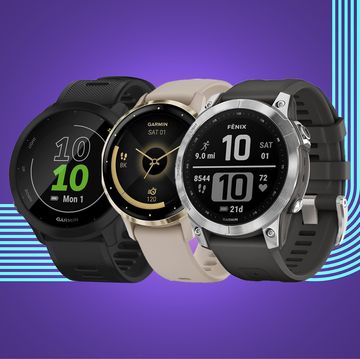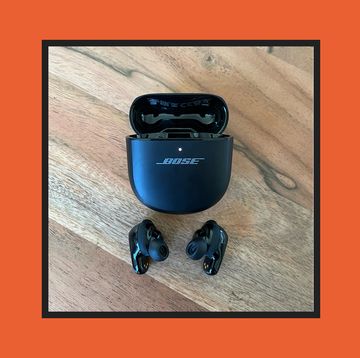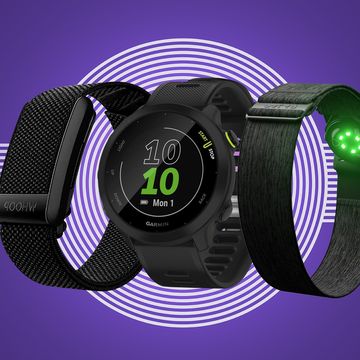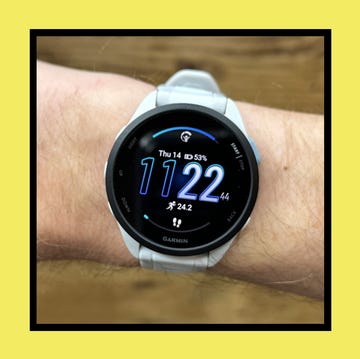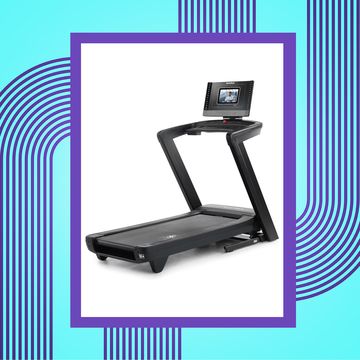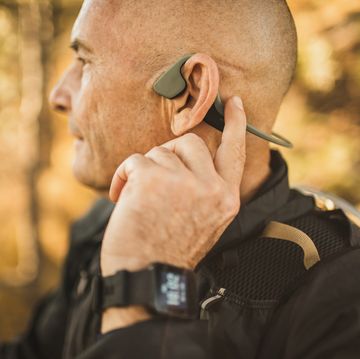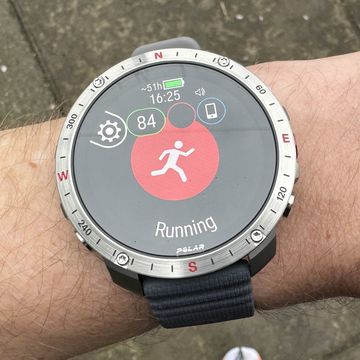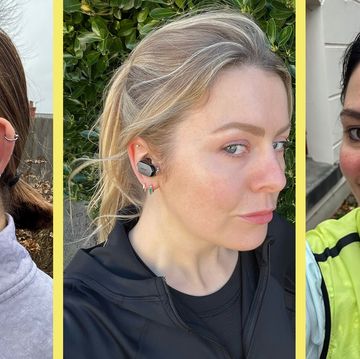We earn a commission for products purchased through some links in this article.
The best compression boots to aid recovery, tested by multi-time marathon runners
These recovery boots are designed to keep your legs feeling fresh as your miles ramp up

Want more tried and tested recommendations from the RW editors? Sign up to our new weekly newsletter Kit Bag, coming soon. Click here to subscribe.
We've said it before and we'll say it again – for a runner, recovery is as important as the physical training itself. This can take many forms, whether it's nailing your nutrition through the use of magnesium supplements and recovery shakes, or making sure you're clocking at least eight hours sleep each night. In a nutshell? There's plenty of things you can do to ensure you reach the start line in prime condition.
When it comes to soothing aching muscles, you can also enlist the help of one of the best massage guns or a pair of compression boots. These self-inflating sleeves are designed to apply pressure to different points on the legs and feet, theoretically helping to improve blood flow and reducing inflammation from small muscle tears.
Our marathon-running editors have put a bunch to the test, to bring you our pick of the ones that will have your back over the next few months. These are our top picks, at a glance.
How do compression boots work?
The pressure within recovery boots is compressed air that targets the muscle tissue – it's called pneumatic compression. Depending on the model you buy, you can apply different degrees of compression. Most max out at around 110mmHg, but some (like the MyoAir) go up to 250mmHg.
Decreased soreness, improved recovery time and overall relaxation are just some of the touted benefits of compression boots. But while there’s a fair bit of research into the benefits of pneumatic compression for people suffering from lumpedema or deep vein thrombosis, when it comes to the benefits for athletes, it’s a largely under researched area.
One 2018 study found that the daily use of recovery boots could reduce muscle swelling and improve recovery time, while another found that they increased blood flow to the limbs.
When it comes to endurance events, a 2015 study looked at the effectiveness of pneumatic compression on recovery from an ultramarathon. Participants of the Western States Endurance Run were randomly put into a different 20-minute post-race intervention: either massage, compression boots or supine rest (lying on your back).
The study found that the use of compression boots post race provided immediate subjective benefits, including a reduction in pain and muscle fatigue after just one 20-minute session. However, there was no functional benefit post race when participants did a 400m max-effort run in the days after.
The effects of recovery boots are far from conclusive. A 2015 study in the Journal of Science and Cycling concluded that compression boots were not effective in improving recovery between a cycling and running bout in well-trained triathletes.
So at the moment, a lot of what we know about compression for recovery is based on anecdotal experience. That's why we've provided our personal reviews of each of the products below, so you can make an informed decision about whether they're worth your buck.
How often should you use compression boots?
Generally, most recovery boots are recommended for use two to three times a week, for 20-30 minutes at a time, alongside your regular training schedule. Athletes, or those with more gruelling training programmes, may prefer to use them four to five times per week.
To firstly address the cost, stumping up £800 looks and feels like a serious expenditure, but the closest comparison to what compression boots do is getting a sports massage and those are relatively expensive too, so it’s worth adding a little cost versus reward balance when you think you can have the boots ready and waiting at home after every single run or race.
How we test
All of the products listed below have been personally tested by the Runner's World editors, who regularly clock up over 60km each per week and have completed multiple marathons and ultramarathons between them. As there’s still a lot of research into this area, you’ll find most of the reviews below focus on the overall experience of the recovery boots, including ease of use, functionality and whether we personally noticed any benefit from them.
Rachel is Runner's World UK's Senior Content Writer, covering all running-related topics from training advice and gear reviews to race reports and elite runner profiles. Formerly a Website Content Editor and Content Manager at London Marathon Events and The Running Channel respectively, Rachel is well-versed in the running scene and understands what it takes to put on some of the biggest running events in the world. A 2:50 marathoner, she would much rather run 26.2 miles than race a 5K and has currently completed 11 marathons, including five of the six Abbott World Marathon Majors in a sub-3 time. She now hopes to run the Tokyo Marathon to complete the set and become a Six Star Finisher.
Watch Next


Amazon Prime Day 2024 has been confirmed for July

The best GPS running watches to buy in 2024

7 best cheap running watches for under £200
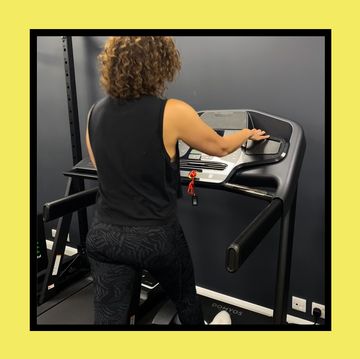
Our pick of the best treadmills for 2024






